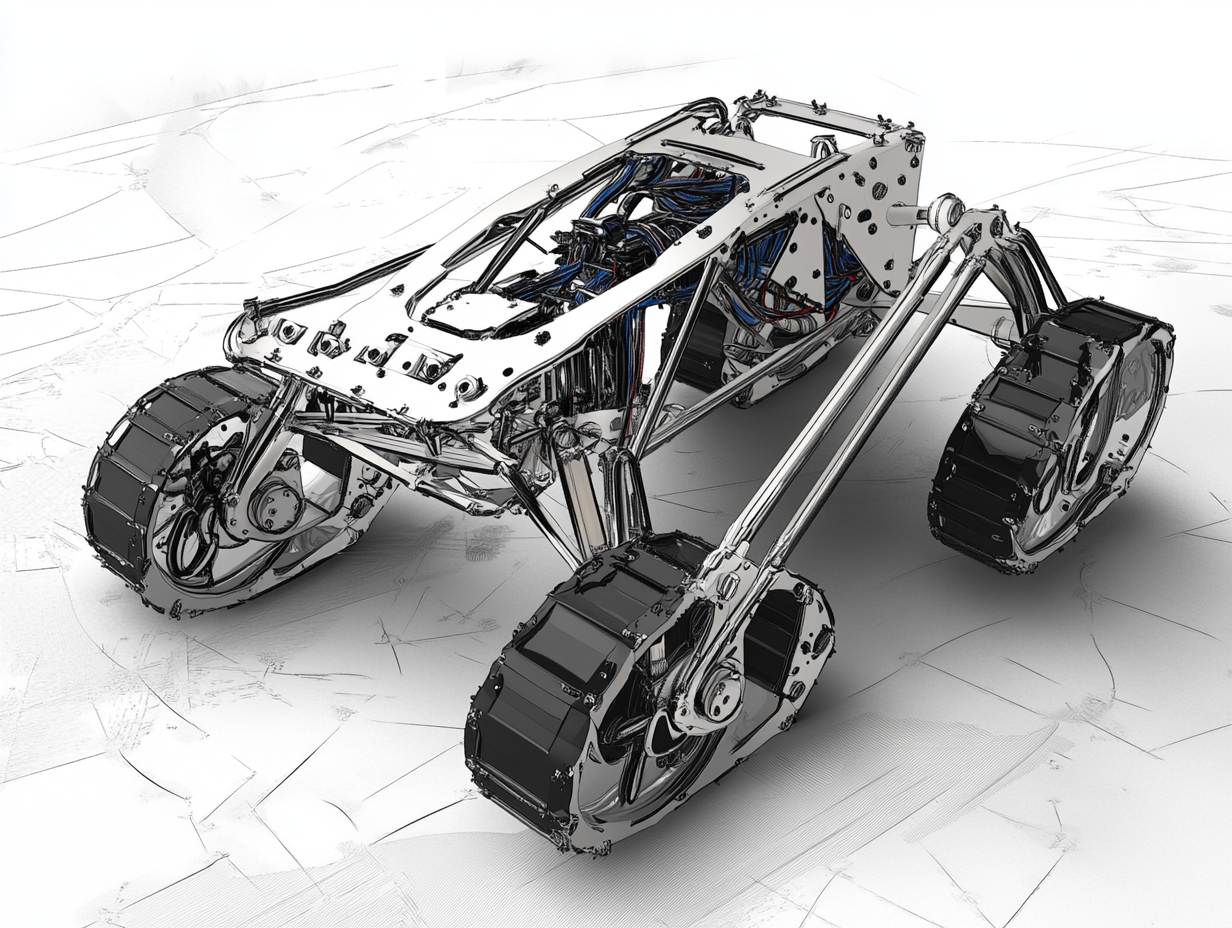Introduction
Robots are a staple of modern technology, but their history is rich and fascinating, stretching back centuries. Understanding the evolution of robotics provides insight into human innovation and the technological advancements that have shaped our world. This article takes you on a journey through time, exploring how robotics has evolved from ancient automata to today’s advanced machines.
Ancient Beginnings
1. Early Automata
Greek and Egyptian Innovations
- Water Clocks and Mechanical Devices: Used for timekeeping and religious ceremonies.
Hero of Alexandria (1st Century AD)
- Automaton Inventions: Created mechanical devices powered by steam or water, such as automatic doors and moving statues.
Middle Ages and Renaissance
1. Mechanical Clockwork
- Medieval Europe: Development of intricate clock mechanisms, showcasing gears and escapements.
2. Leonardo da Vinci (15th Century)
Mechanical Knight
- Designs for a humanoid robot capable of sitting, standing, and moving its arms.
Innovative Concepts
- Exploration of robotics principles in sketches and models.
Industrial Revolution
1. Automatons
Jacques de Vaucanson (18th Century)
- The Digesting Duck: A mechanical duck that could mimic eating and digestion.
Jaquet-Droz Automata
- The Writer, The Draughtsman, The Musician: Highly complex figures capable of writing, drawing, and playing music.
2. Impact on Society
- Entertainment and Wonder: Automatons showcased at exhibitions, inspiring public fascination.
20th Century Advancements
1. Early Robots
Karel _apek’s “R.U.R.” (1920)
- Origin of the Term “Robot”: Introduced in the play “Rossum’s Universal Robots,” meaning “forced labor” in Czech.
2. Industrial Robots
Unimate (1961)
- First Industrial Robot: Deployed in a General Motors factory for material handling.
3. Robotics in Research
Stanford Cart (1960s-1970s)
- Autonomous Vehicle Research: Pioneered computer vision and navigation algorithms.
Modern Robotics
1. Advancements in Computing
- Microprocessors and AI: Enabled more complex processing and decision-making capabilities.
2. Notable Robots
ASIMO by Honda (2000)
- Humanoid Robot: Capable of walking, running, and interacting with humans.
Roomba (2002)
- Autonomous Vacuum Cleaner: Brought robotics into everyday households.
3. Robotics in Space
Mars Rovers
- Sojourner (1997), Spirit and Opportunity (2004), Curiosity (2012), Perseverance (2020): Exploring Mars, conducting experiments, and sending data back to Earth.
21st Century and Beyond
1. AI Integration
- Machine Learning and Deep Learning: Robots capable of learning from data and improving over time.
2. Collaborative Robots (Cobots)
- Workplace Integration: Robots designed to work alongside humans safely.
3. Social and Service Robots
Sophia by Hanson Robotics
- AI-Powered Humanoid: Capable of facial expressions and conversations.
Pepper by SoftBank Robotics
- Interactive Service Robot: Used in retail and customer service environments.
Impact on Society
- Industrial Efficiency: Automation of manufacturing and production processes.
- Healthcare: Surgical robots, prosthetics, and rehabilitation devices.
- Daily Life: Robots assisting in household chores, education, and entertainment.
The Future of Robotics
Advancements in AI
- Greater autonomy and decision-making capabilities.
Ethical Considerations
- Addressing concerns about job displacement, privacy, and AI ethics.
Interdisciplinary Integration
- Robotics combined with biotechnology, nanotechnology, and more.
Conclusion
From ancient automata to sophisticated AI-powered machines, robotics has come a long way. Understanding this history not only highlights human ingenuity but also sets the stage for future innovations. As technology continues to evolve, the possibilities for robotics are limitless, and you could be part of writing the next chapter in this exciting story.

